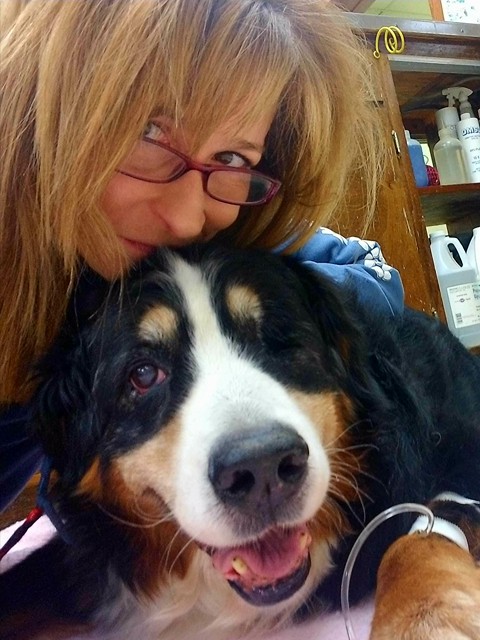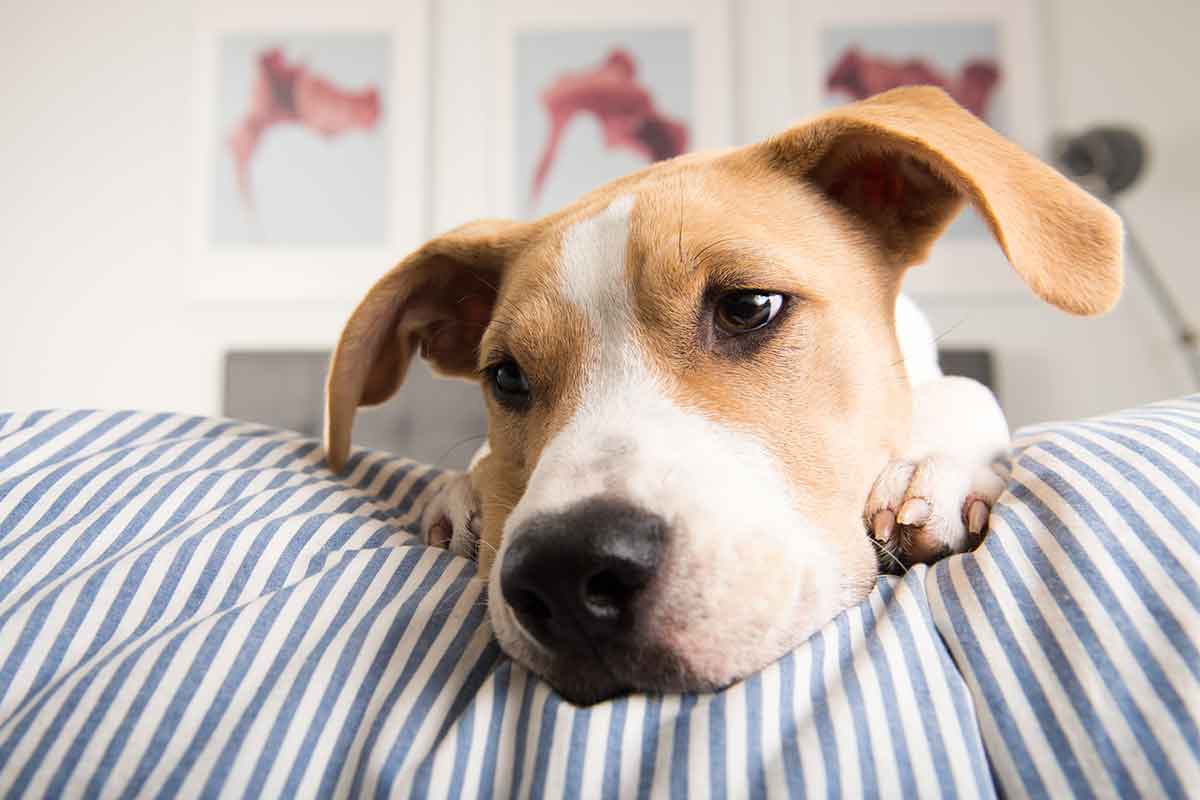One of the biggest upsets for many pet-loving families is getting a diagnosis of cancer in their beloved dog or cat. Luckily, many advances in veterinary medicine allow pets to live longer, high-quality lives despite this diagnosis. The prognosis will vary dramatically with the type of cancer, but many pets can gain years of good quality life through treatment. One of those treatments is chemotherapy.
In humans, the goal of chemotherapy is a total cure with decades of additional life. In pets, the goal is to gain as much quality time as possible, realizing that a cure might not be realistic. So a pet will have a lesser “amount” of chemotherapy in many cases, meaning fewer side effects. With fewer and lesser side effects, dogs and cats don’t experience the same type of physical or mental stress that a human cancer patient must endure. Our pets truly live “in the moment” and enjoy each day without worrying about the future.
Easy Steps To Minimize Stress
Still, having chemotherapy can be stressful for pets simply because of the procedures involved. Your goal is to minimize stress for your pet. If your dog or cat becomes anxious sitting in the waiting room, wait outside in your car until the veterinarian is ready for you. If your pet has a favorite veterinary technician or veterinarian, try to schedule your appointments so that your pet can see a familiar face.
Some pets can have mostly oral chemotherapy drugs. That means they can be treated at home in many cases.
Oral Chemotherapy
It is important if you are giving oral chemotherapy drugs that you follow directions explicitly. Most require you to wear gloves for your own protection while administering these medications. Be sure to store all chemotherapy medications safely. You don’t want a pet or a small child to accidentally ingest these drugs.
Many pets are rightfully suspicious of hands with latex or other gloves. It can also be awkward to handle a pill and give it to your pet (especially if it is a pill that can’t be given in a treat). Try practicing without any medication. Pet your dog or cat with the glove on. Hand out tasty treats using the gloves. This helps you and your pet become comfortable with the use of the gloves.
Intravenous Chemotherapy
Most chemotherapy treatments are given intravenously. Your pet will be taken to a quiet area in the hospital and ideally set up on a padded table, warm blanket on the floor, or maybe even a couch. You may want to bring a blanket or pad from home to keep your pet as comfortable as possible. Familiar smells will make your pet feel at home.
It is incredibly important that your pet be calm and quiet for the IV infusion. This is when previous training can be a huge plus. If the pet pulls a catheter out, drugs can get into local tissues, causing sloughing and pain. Your pet may receive a local anesthetic to keep catheter placement as painless as possible. Then the catheter will be taped securely in place. If your pet is very concerned, you may want to “practice” at home. Have your pet stay in a down position on a pad or blanket. Bring that same blanket to the clinic with you. Ask ahead of time about bringing treats and using calming pheromones or compounds.

Be Honest About Your Own Feelings
If you are nervous, emotional or can’t stand the sight of needles, your pet will be better off without you holding or petting him. Your stress will easily cross over to your pet. On the other hand, if your pet is calmer with you nearby and you can remain calm and quietly upbeat, your pet is better off with you present.
Vilma Briggs is a medical professional whose Bernese Mountain Dog, Latte, has histiocytic sarcoma. Her clinic set up a quiet area with a blanket for Vilma to stay with Latte for her IV treatments.
“I think it was much better for me and for her,” Vilma says. “This made her less stressed and of course I’m used to medical ‘stuff.’ “
Vilma’s dog is well trained and lay quietly for the 15-minute infusion while Vilma held and petted her. This also freed up clinic personnel to concentrate on other pets while still observing Vilma and her dog. A win/win situation for everyone!
A diagnosis of cancer is devastating, but if chemotherapy is an option for your situation, don’t hesitate. Most pets handle chemotherapy just fine, barely missing a meal and with minimal fatigue. You may gain months to years of quality time together.
This article was reviewed/edited by board-certified veterinary behaviorist Dr. Kenneth Martin and/or veterinary technician specialist in behavior Debbie Martin, LVT.








